“Demolition Man”: How Matteo Renzi’s Star Faded
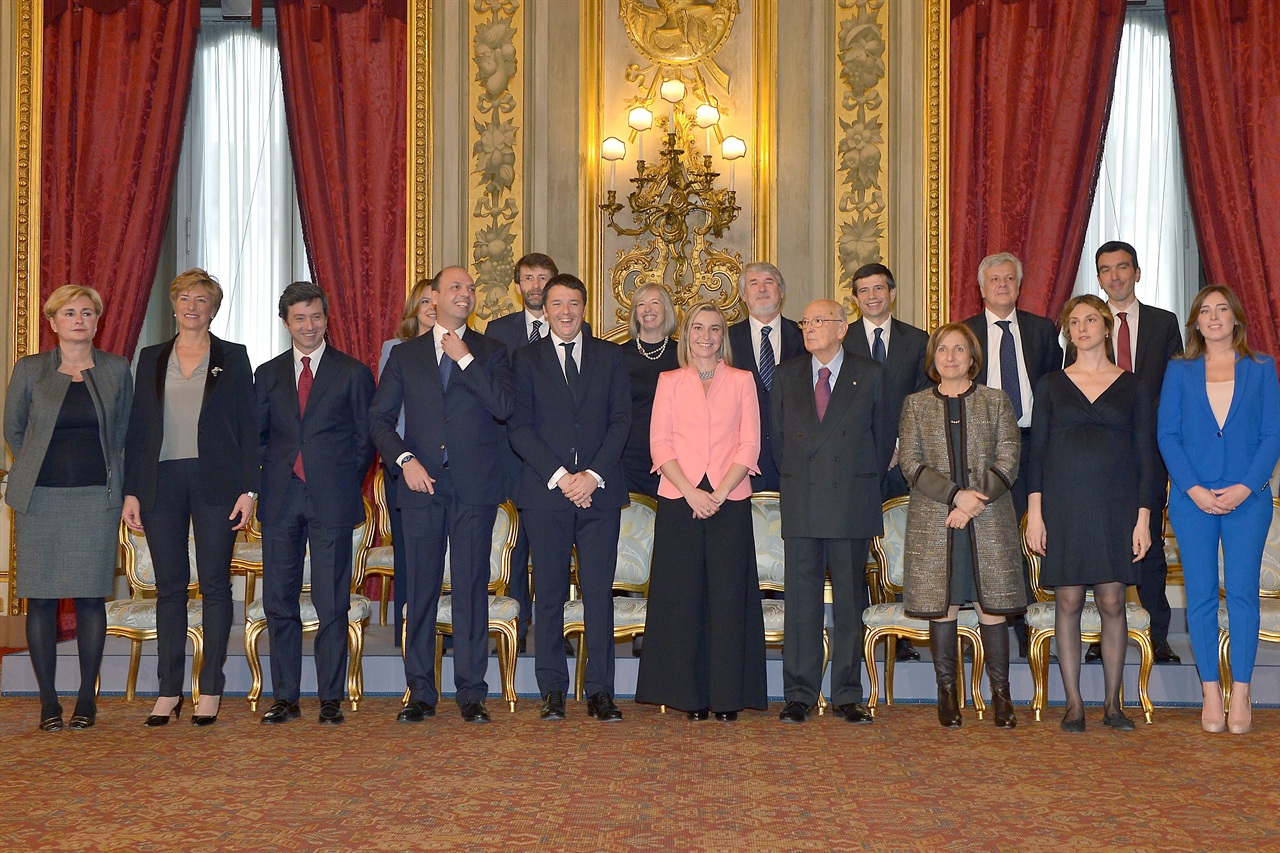
It is worth occasionally pausing for a moment and noting just how astonishing it is that Emmanuel Macron is standing alongside Angela Merkel as one of the two de facto leaders of Europe. Only five months before election day, Macron was a former economy minister within a flailing and unpopular government who had since abandoned all partisan affiliations; he had not previously run in a single election.
His campaigning skills were impressive and should be acknowledged, of course. But he was also an extraordinarily lucky man who benefitted from the decision of his former mentor, incumbent President François Hollande, not to run again; from the nomination of two candidates —from the Socialists and Republicans— who were considered out of the mainstream; and from extensive scandals surrounding his conservative competitor. Lastly, France’s very particular institutional setup gave considerable power to consensus candidates like himself —and, in the ensuing legislative elections, to his party.
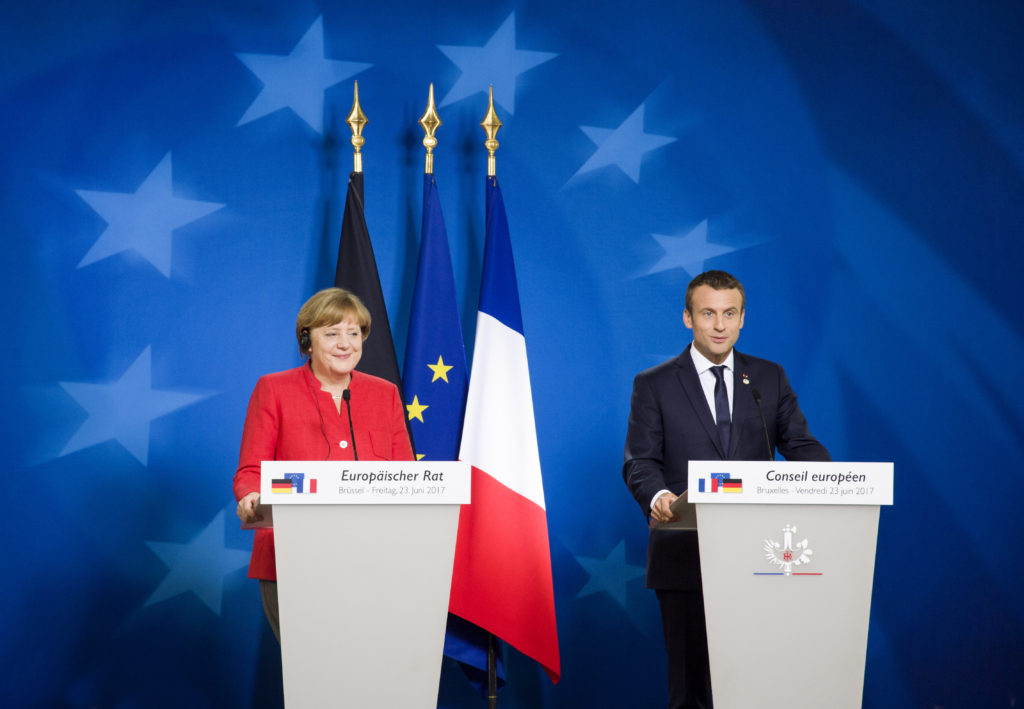
To France’s southeast, however, is a tale of a similar man who had nowhere near Macron’s luck. Italy’s Matteo Renzi, the self-styled “demolition man,” similarly stormed into his country’s top office without previously having been elected to parliament. Like Macron, he found his origins in the centre-left and became, at 39, the country’s youngest political leader. Like Macron, he had gambled that charisma and an “outsider” persona could harness mass discontent toward the political class in favour of a concrete structural reform program that would jumpstart a sputtering economy. (At the moment Renzi stepped into office, unemployment was at 13% and youth unemployment at 42%; GDP was lower than in 1999).
Yet Renzi, in his nearly three years in the Palazzo Chigi, was both less effective and eventually less popular than Macron’s government has so far been. He was forced to step down as prime minister following the rejection of his constitutional reform proposals. As he attempts to stage a comeback in general elections on March 4th, his Democratic Party (PD) continues to slide in the polls, while his personal approval ratings are lower even than those of failed former PM Silvio Berlusconi and right-wing populist Matteo Salvini.
It’s an astonishing comedown for a man who was billed as a young, centre-left, Southern counterpart to Angela Merkel. Although it’s hard to say he behaved irrationally, in retrospect, it is clear he set the wrong priorities. Macron and other aspiring liberal reformers would do well to learn from his mistakes.
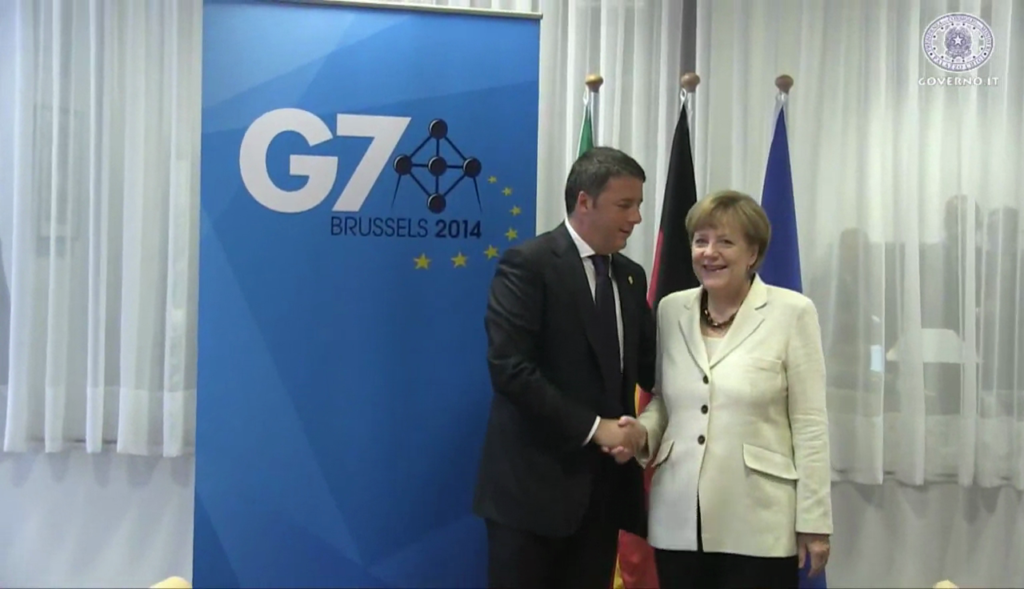
Renzi’s Gordian knot
Renzi is often criticized as “arrogant,” which seems true (he would admit it himself), but arrogance per se was not the problem. His arrogance, which set him apart from the usual revolving door of unmemorable Italian leaders, was already on full display when he took power in an intra-party coup in February 2014. Having assembled a young and gender-balanced cabinet and promised “a reform a month,” he oversaw an astonishing victory in European Parliament elections in May; the PD received 41% of the vote, more than any single Italian party had managed since 1958; and his personal popularity hit 74%. A poll found over half of Italians appreciated his decisive style.
Rather, the problem with Renzi was that his subsequent record did not match his bluster. Renzi faced a decision between mutually exclusive paths: economic policies that reinflate an economy in recession and policies that bring the budget into long-term balance in order to reassure European institutions and the creditors of the country’s massive debt pile, which stood at over 130% of GDP.
In addition, reform programs often antagonize many particular industries and professions with the promise of lower general unemployment down the road. Persuading political parties, who exist to advocate for these individual groups, to adopt reform is quite contradictory. Trying to square this circle cost Germany’s Gerhard Schröder his job, while Macron, seeking to sidestep the problem altogether, started up his own party that won a parliamentary majority by itself. Renzi, on the other hand, had to deal with an unwieldy left-right coalition, which was the result of an inconclusive election in 2013, while his own party was deeply divided between former Christian Democrats like himself and former Communists. (This divide had torpedoed the previous PD government, in 2008.) His party’s left flank never accepted his leadership and had no interest in his ideas of reform.
There was another reason that this trade between the short and long terms was crucial, for there was the possibility that he could negotiate a change in the electoral system, call a snap election, then preside over an absolute majority and a cohesive caucus, which would allow him five years to pass whatever reforms he needed to. (He could become Macron, in essence.) Italy could use some stability, after all; its electoral system and unusually powerful Senate, among other factors, meant 63 governments held office over 68 years. With institutional reform, he could bring to Italy the decisiveness and stability associated with the single-party governments of Britain and France.

But neither his coalition partners nor the PD’s left flank wanted this reform; therefore, to get a parliamentary majority, he needed the support of right-wing leader Berlusconi, normally a hated figure in his party. Institutional reform was also a distraction from the economy, which was far more relevant to people’s lives. But this was the course that he embarked on: within his first days, he announced to Senators that he intended to eliminate their jobs; within a month, he and Berlusconi had agreed to the basic outline of the new electoral system.
Muddling
Of course, this imagines that Renzi had a switchboard before him and that he was consciously deciding which levers to pull and when. In reality, Renzi muddled on. His initial formula was institutional reform and short-term economic boosts through tax cuts for the lower class. Poor economic figures, however, forced him to take labour-market reform seriously. (Still later, he would attempt to be a continental crusader against German austerity, though his credibility and leverage were hampered by Italy’s debt and continuing struggles.) He took on reforms of public administration, education, the judiciary, and the tax code, but these all stalled in parliament or in implementation. His bravado on his “first 100 days” turned into “1000 days to change Italy.”
When he prioritized party unity when selecting a candidate for the ceremonial presidency, Berlusconi, feeling spurned (or, perhaps, sensing that Renzi’s ship was listing), began opposing his institutional reforms. The latter, meanwhile, advanced painfully slowly: the electoral law, intended to be done by May, instead slogged on for another year. The constitutional project needed to be approved by both houses of parliament twice, which only happened in April 2016 —two full years after its initial proposal. The project was then put to voters in December 2016. Over these two and a half years that were spent on an arcane topic, the economy continued to stall, while the usual succession of crises blew his agenda off course. Renzi shifted from being a man attacking institutions to one overseeing them.
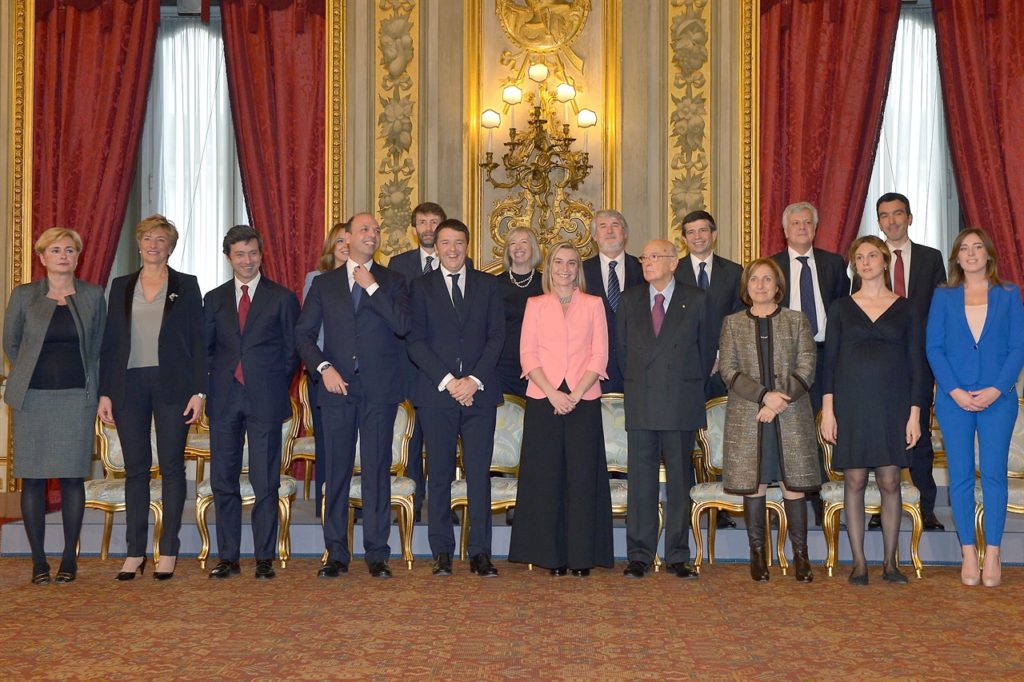
Demolished man
By all accounts, constitutional reform was the wrong hill to die on. This was less a question of whether Renzi’s conception of institutional design objectively made sense; his electoral system for the lower house was a good balance between stability and pluralism while transforming the Senate into a more consultative body representing the regions is a model followed in many other democracies.
Rather, his vision was a poor match for the Italian electorate’s profound mistrust. To Renzi, an elected and powerful Senate might have been an obstacle for desperately needed reforms, but to Italians, it was a crucial check and balance against the nefarious political class. “I just don’t trust anybody anymore. I want to keep hold of my vote for the senate,” as one man put it. (It didn’t help that Renzi’s proposal, following the Dutch model, gave the power to nominate senators to the regions, which were widely seen as safe havens for corrupt politicians.) There was also the concern that Renzi would win the referendum but lose the next election, giving the anti-establishment, conspiracy-peddling, incompetent Five Star Movement unchecked power for five years.
There were also recriminations against the manner in which Renzi pursued this reform. Constitutional change is intended to be the single most difficult thing to accomplish in most democracies, and it usually requires buy-in from across the political spectrum. Yet there was a widespread impression that he rammed his personally-preferred outcome through parliament and tried to bully the public into accepting it, by promising to retire from politics if it did not pass and leave somebody else to handle the inevitable mess. It didn’t help his image that, upon the proposal’s sizable defeat, he remained as party leader even as he resigned the PM position —tweaking his “retirement from politics” pledge after the fact.
Lessons
Renzi, essentially, ended up with the worst of all worlds. His fiscal stimulus irritated Brussels, while his stalled reform efforts irritated the public and the party’s left wing; the economy has slightly improved, but can hardly be considered “healthy”. He got neither a short-term boost in popularity nor long-term benefits to the economy, and his institutional reforms also ultimately failed, leaving Italy as ungovernable as before.
His decision to pursue constitutional reform first, presumably with the intention of calling a snap election and winning a stable majority, was logical. There was, of course, the risk that he might have lost this snap election (as the world learned last year), but this risk may have nonetheless been preferable to negotiating every aspect of his reform program across his incoherent left-right coalition.
But this strategy required the first step of institutional reform to be dealt with quickly rather than to slog on for two years —and in this, Renzi may have underestimated both how long such initiatives take to get through parliament and how many allies he needed to keep onside. But it also did not help that his own ideas were less than concrete; his government was amending its proposals still months after initial lower-house approval.
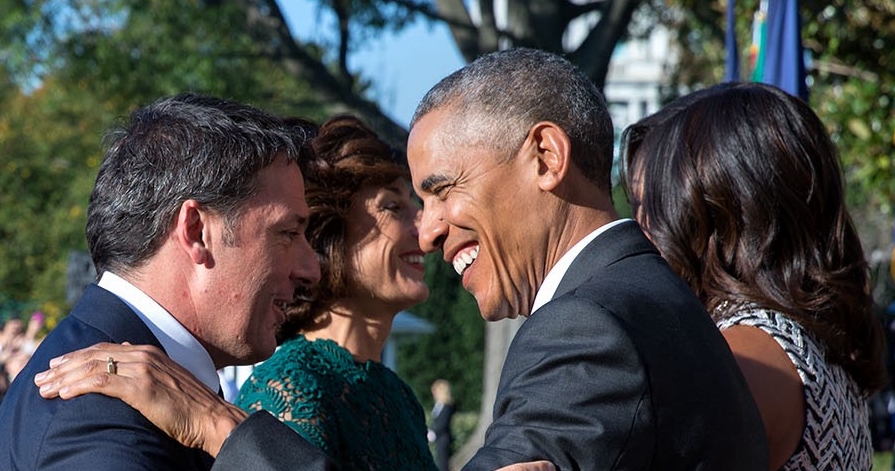
He might have done well to water down his ambition. Reforming the Senate through constitutional amendment was “cleaner” and better for Italy in the long-run but required a months-long referendum campaign. Had he simply rewritten the Senate’s electoral law along with that of the lower house, the process might have wrapped up in a few months.
In light of this, it is interesting to note that Renzi did not make the jump to the premiership at his earliest opportunity; rather, for a month he waited in the wings, striking his initial electoral-reform agreement with Berlusconi while letting the incumbent government push it through parliament. Perhaps, in hindsight, he should have waited longer. Perhaps he should have made sure that all the institutional chips were in place, and then fought the ensuing election campaign at the height of his popularity.
Prospects
To be clear, Matteo Renzi, despite his many mistakes, is still the best choice for Italians in next month’s elections. This is not simply because all of his opponents are varying shades of ridiculous, but also because he is right that Italy’s woes are deep-seated and can be cured with nothing short of far-reaching reforms.
To his credit, he has tamped down the arrogance considerably, heavily emphasizing the “PD team” (la squadra Pd) over his own persona. In addition, when the PD’s left flank broke off the party and set up its own coalition, this left the party far more cohesive than before; Renziani candidates now occupy 80% of the party’s winnable seats. Perhaps he is planning to make the most of his second chance, should the Italians give him one —which, considering, how many times Berlusconi has been in and out of power, is not impossible.
Even if this does transpire, the sparkle and promise that Renzi once represented will have been greatly diluted. But to the west, in Spain, hope is alive and well, as polls show the Citizens party, a defender of Macronist ideas, vaulting into first place, on the back of its passionate unionist stance in the Catalonia conflict. Its 38-year-old leader, Albert Rivera, visited Renzi in Rome last month. If polls prove to be correct and Rivera becomes the next Spanish leader, he would be well-advised to heed the lessons from Renzi’s story. “New” and “fresh” leaders have a very short shelf life; how they set their first priorities makes or breaks their leadership.
Edited by Jason Li
